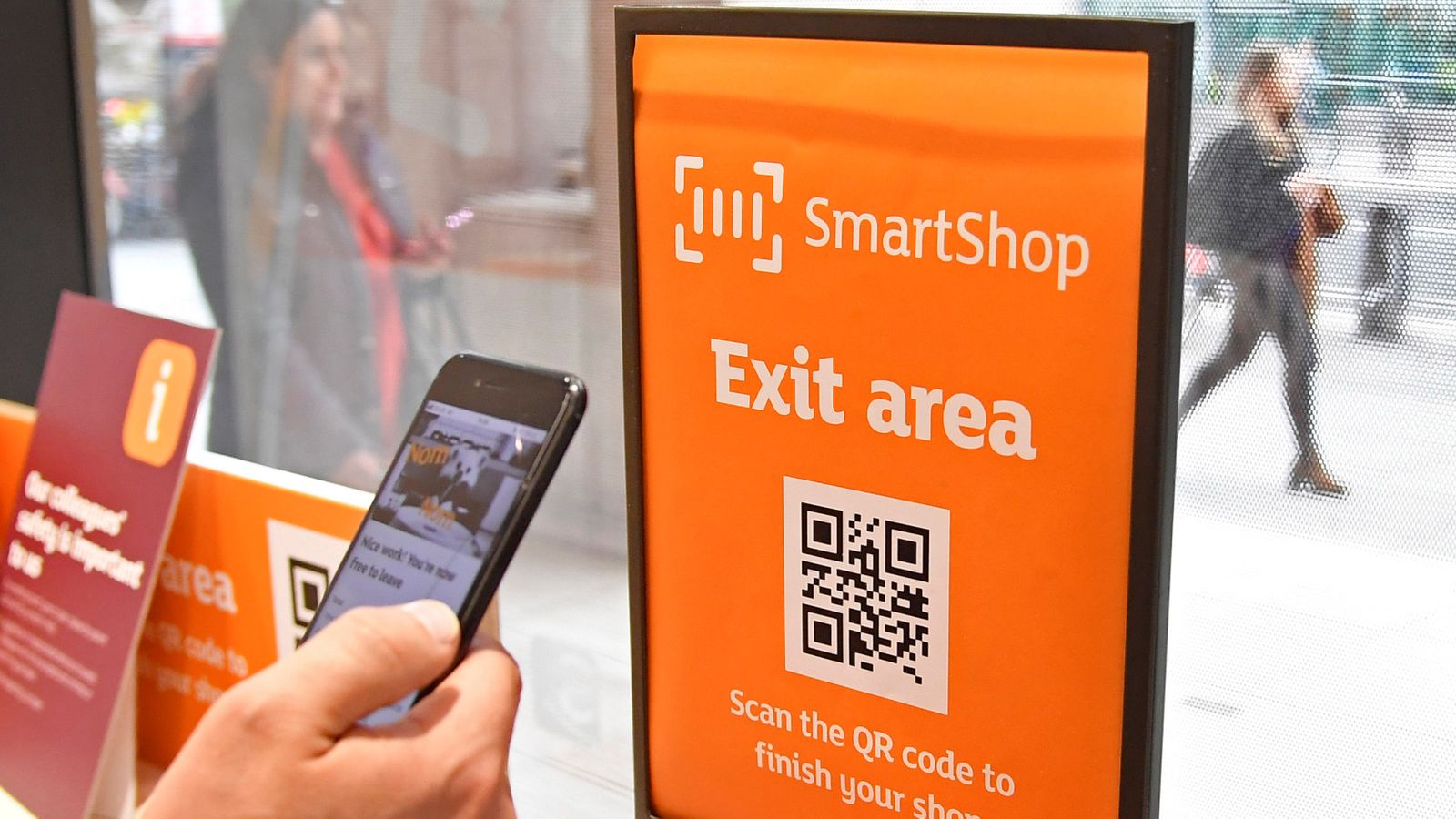More than seven million consumers registered to use phones and smart watches to make payments last year, new figures from Britain’s banking industry show.
Mobile payments – unlike the wider use of contactless cards – are notably more popular among young people with just over 50% of 16 to 34 year olds registered compared to 11% of over-65s.
The figures from industry body UK Finance showed that overall 17.3 million people, or 32% of the adult population were using them by the end of last year, up by 7.4 million from 2019.
They also showed that lockdowns had resulted in the overall number of payments made in the UK falling last year for the first time in six years, by 11% to 35.6 billion.
In 2020, contactless represented 27% of all payments, up from 7% just four years earlier, the figures showed, with 83% of people now using this method – popular across all age groups and regions.
The increase was encouraged by the upper limit on the value of such transactions being increased from £30 to £45.
Meanwhile there was a sharp fall in the use of cash, which was used for only 17% of payments in the UK, while there were 13.7 million people who used cash only once a month or not at all.
The report said it reflected the fact that during lockdown, people had fewer opportunities to go shopping and that when they did, they were encouraged to use car or contactless methods.
But there remained 1.2 million consumers who mainly used cash for day-to-day spending, the UK Finance figures showed.
David Postings, chief executive of UK Finance, said: “The pandemic resulted in some marked changes in payments behaviour.
“While it’s too early to say whether they are permanent changes, we did see an acceleration in some existing trends such as the reduction in cash usage and the growth in contactless and mobile payments.”






















